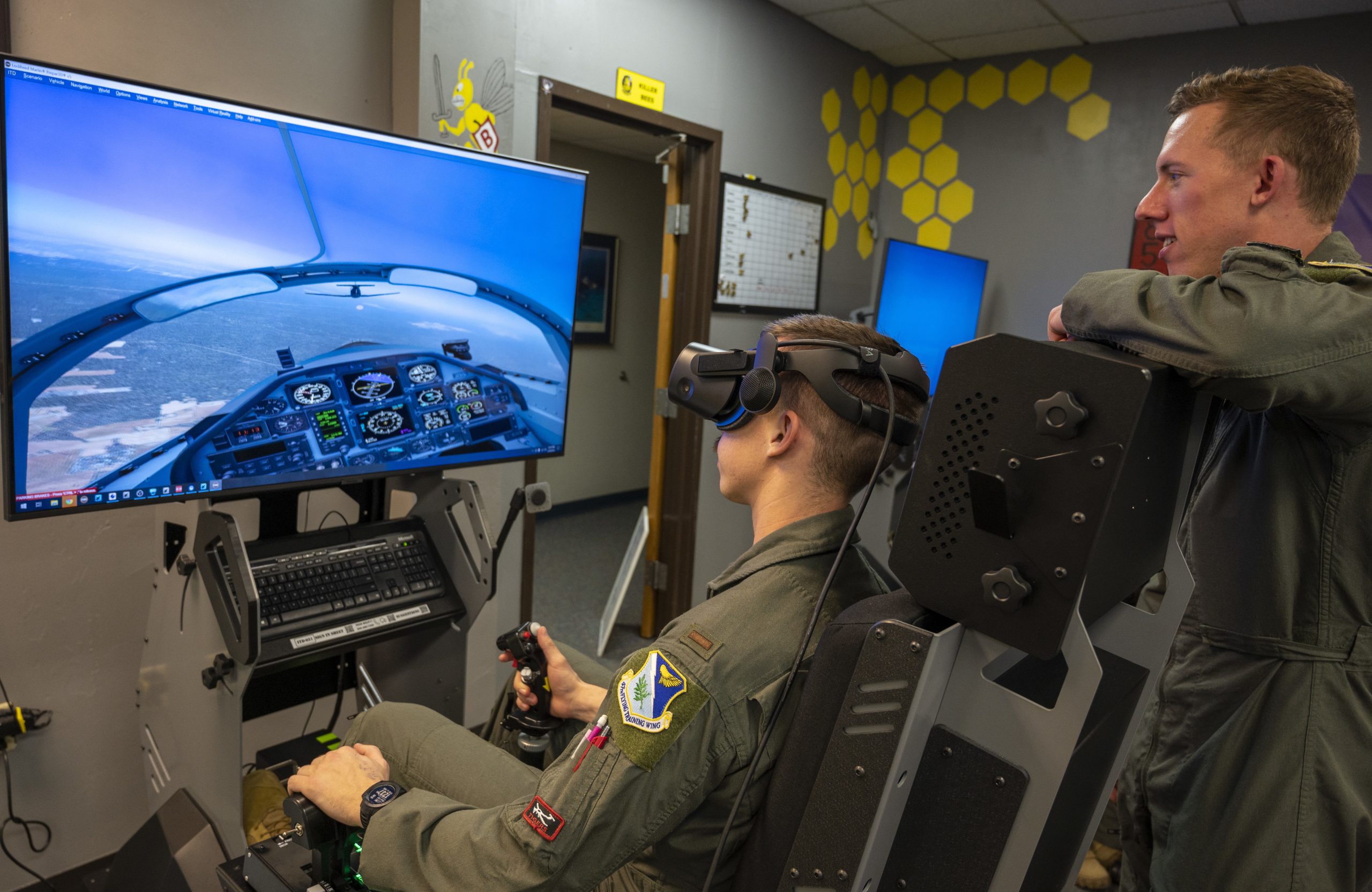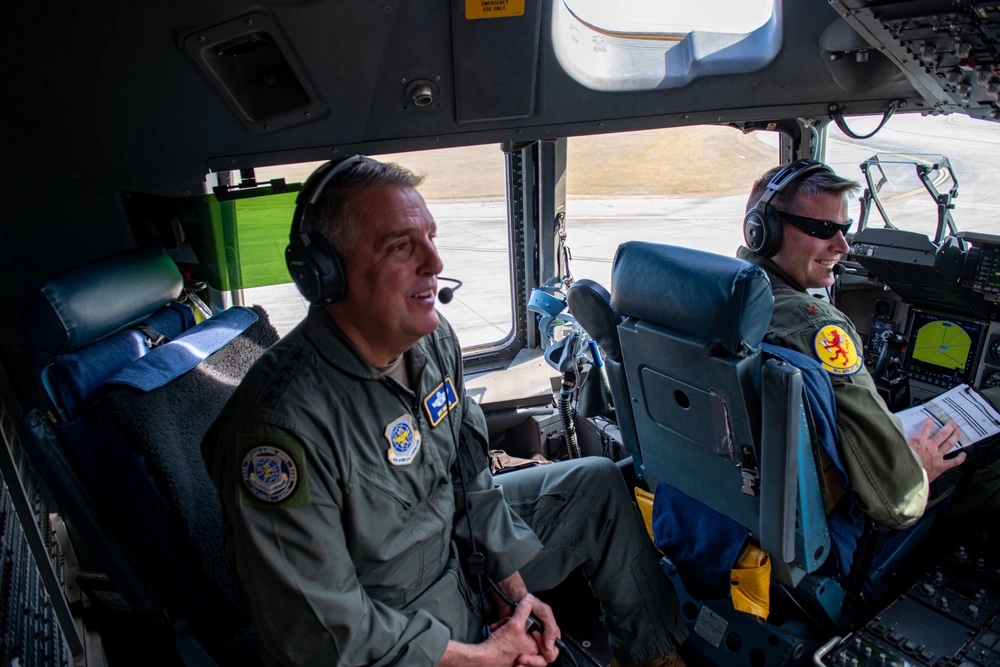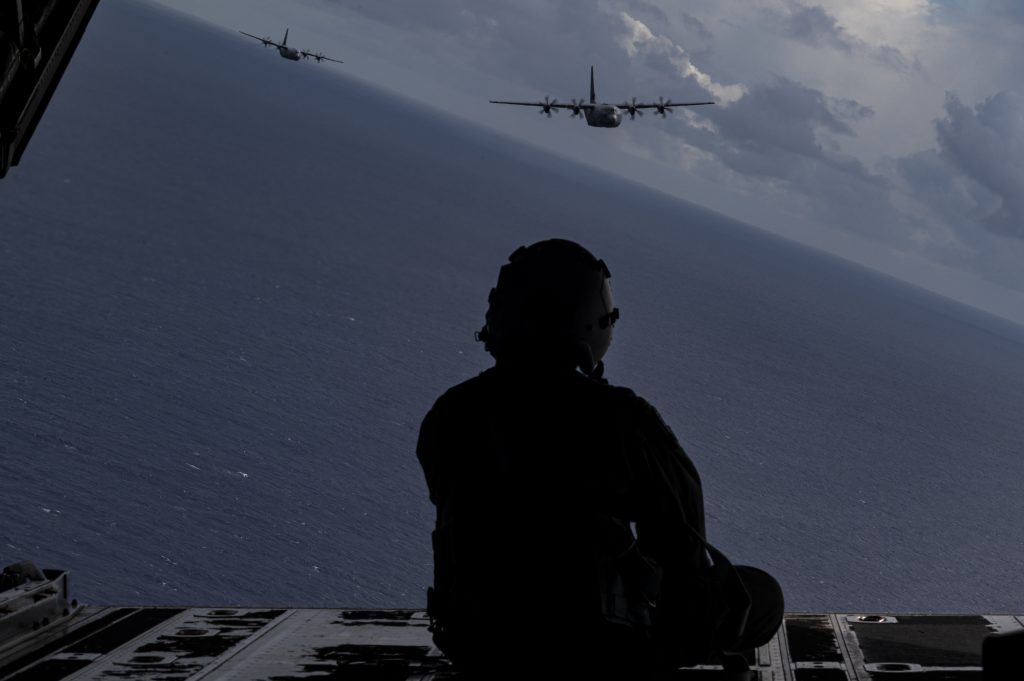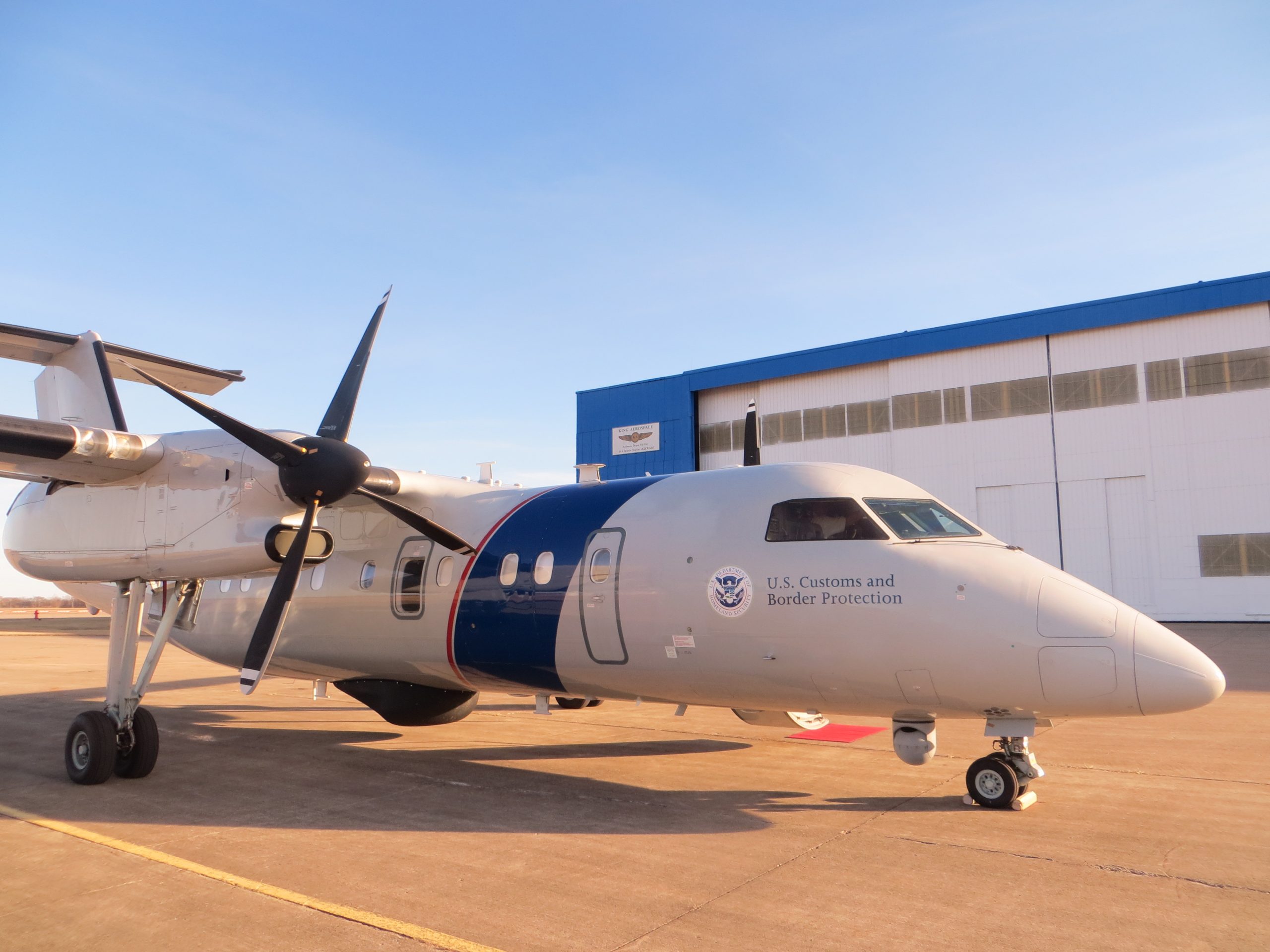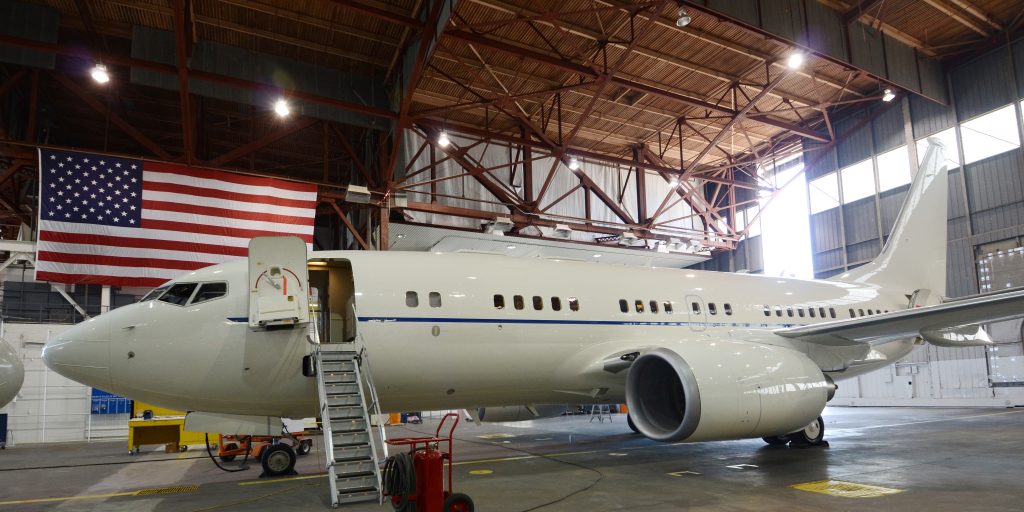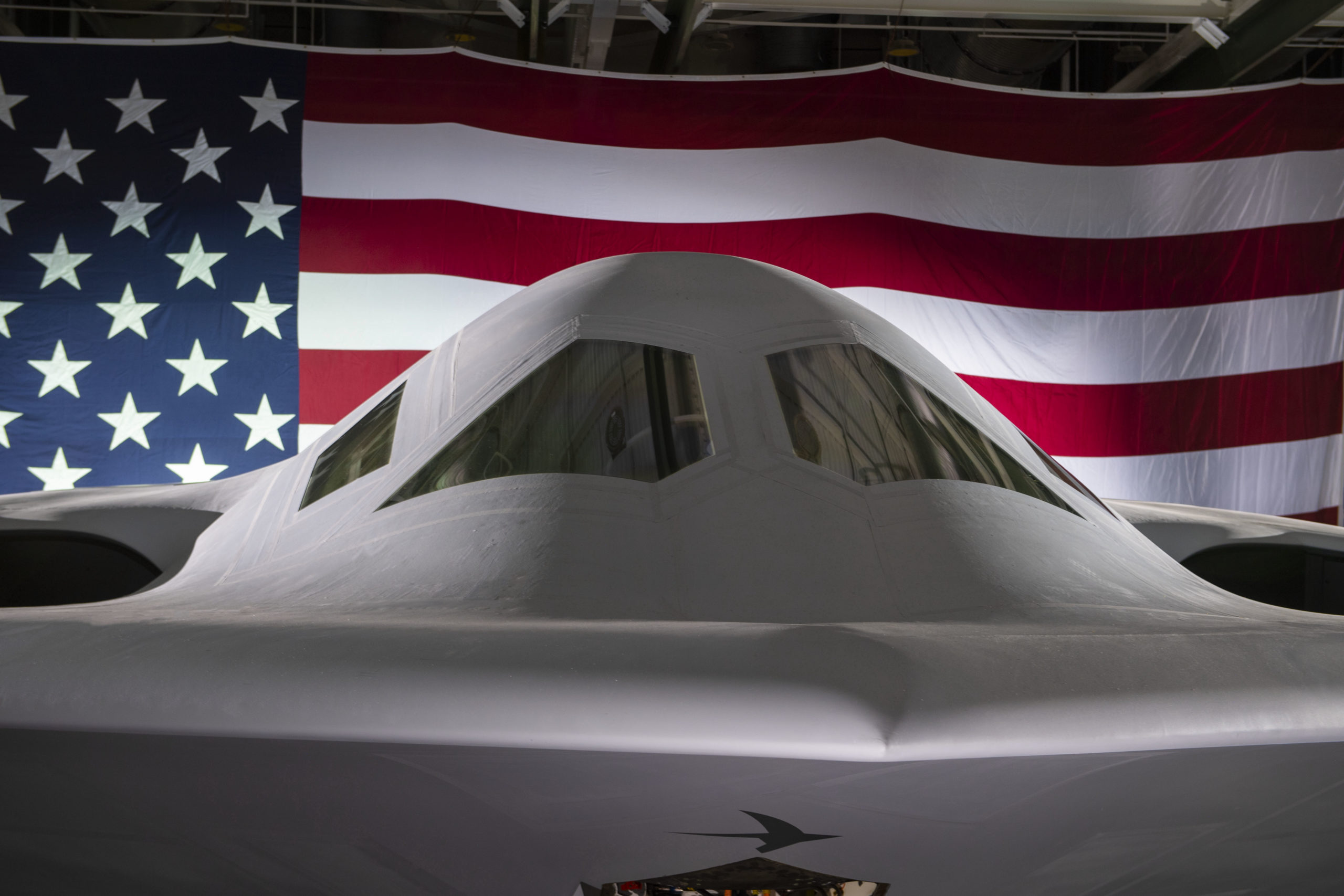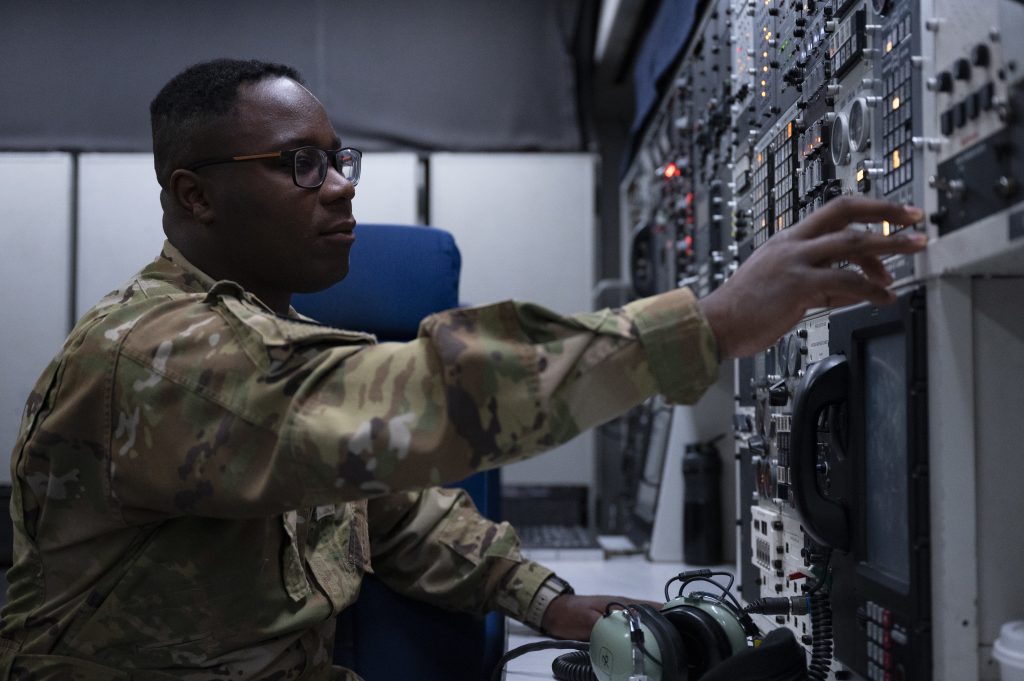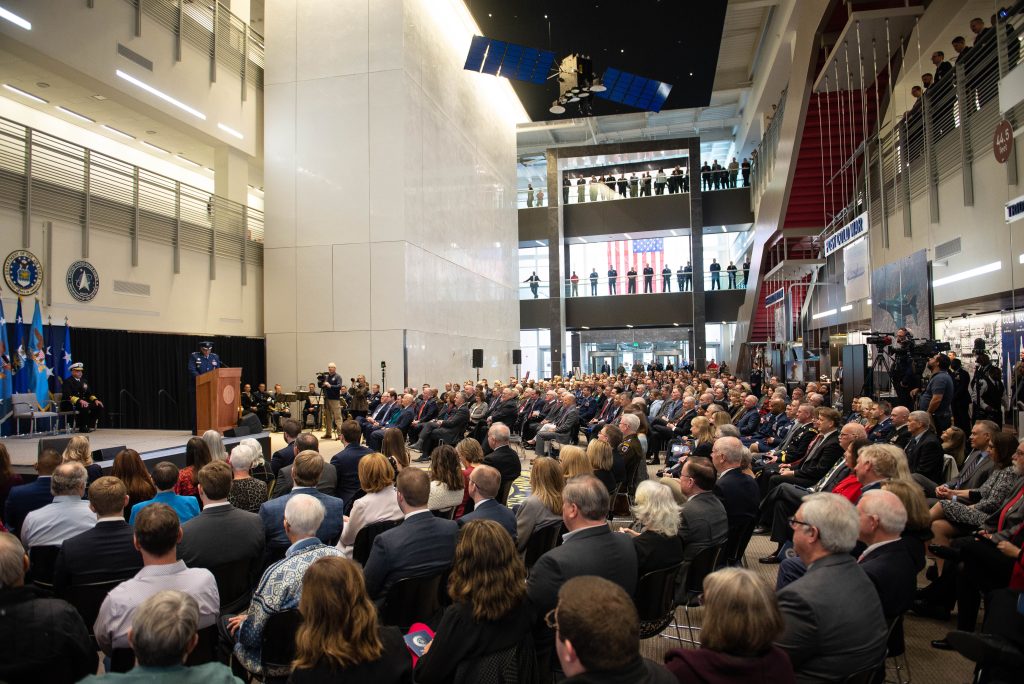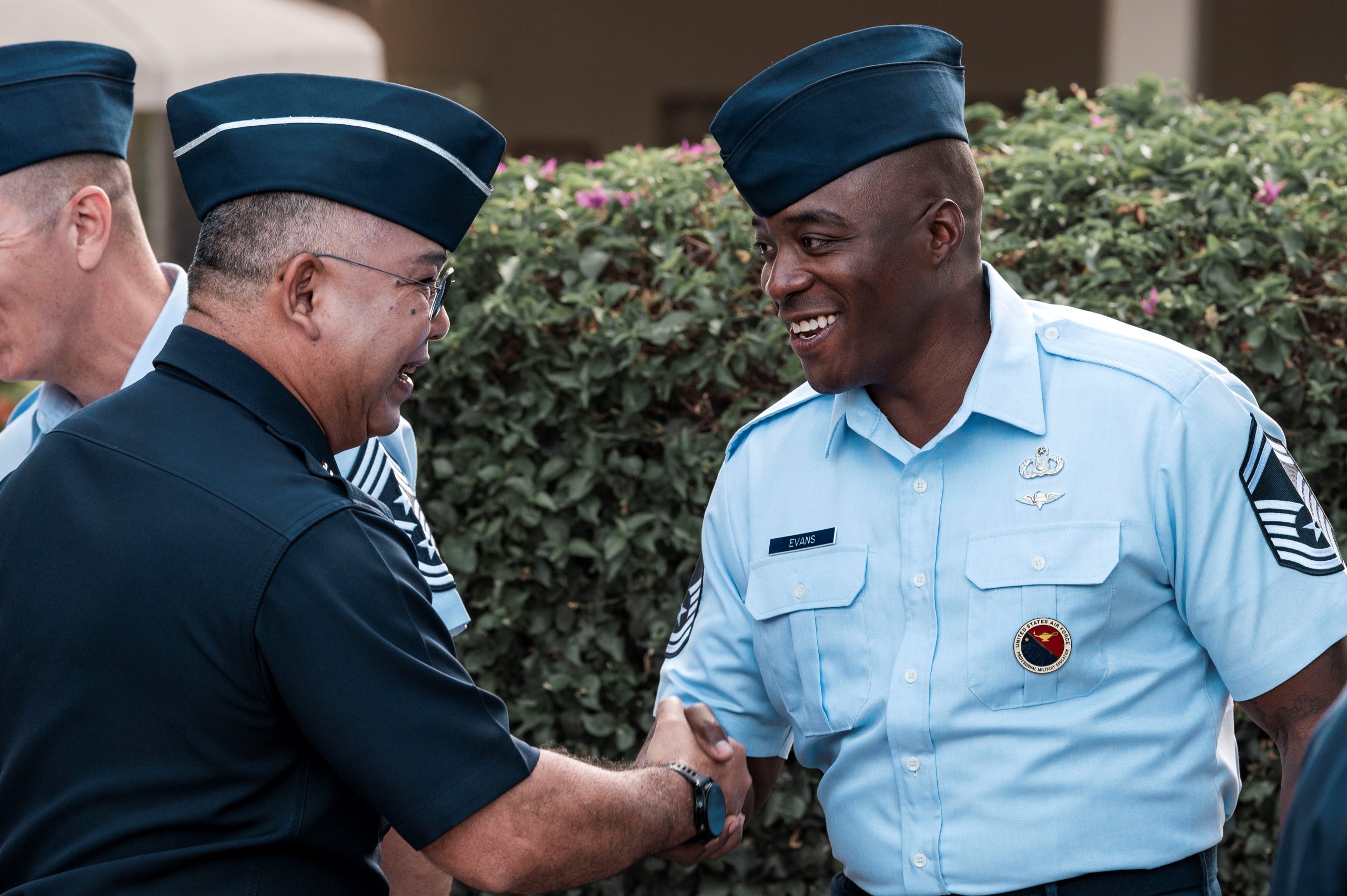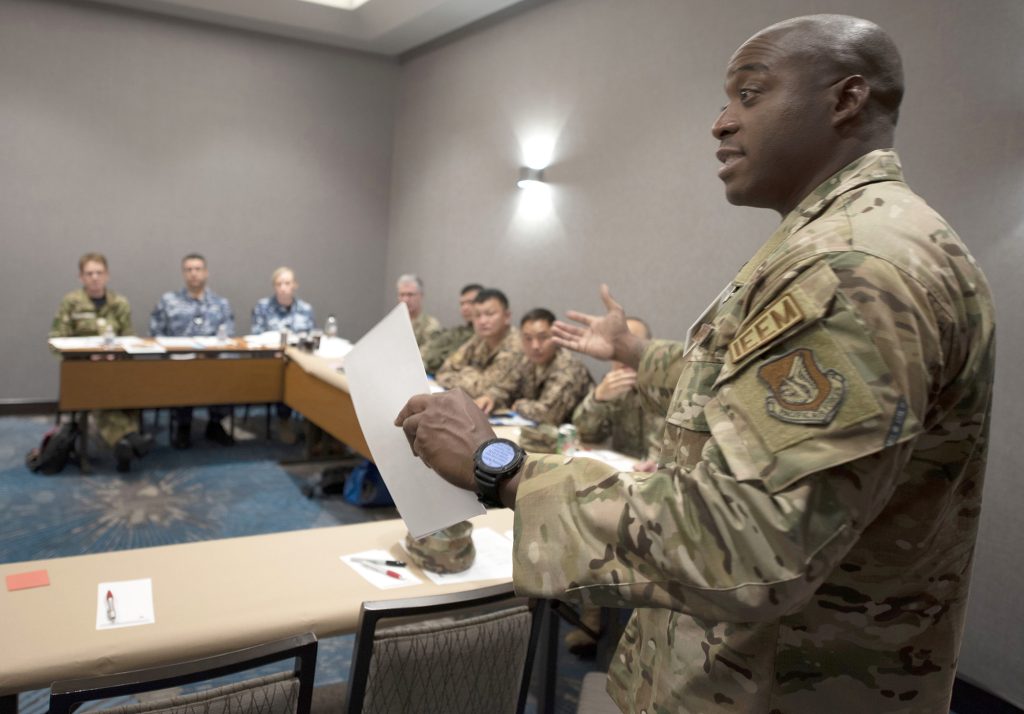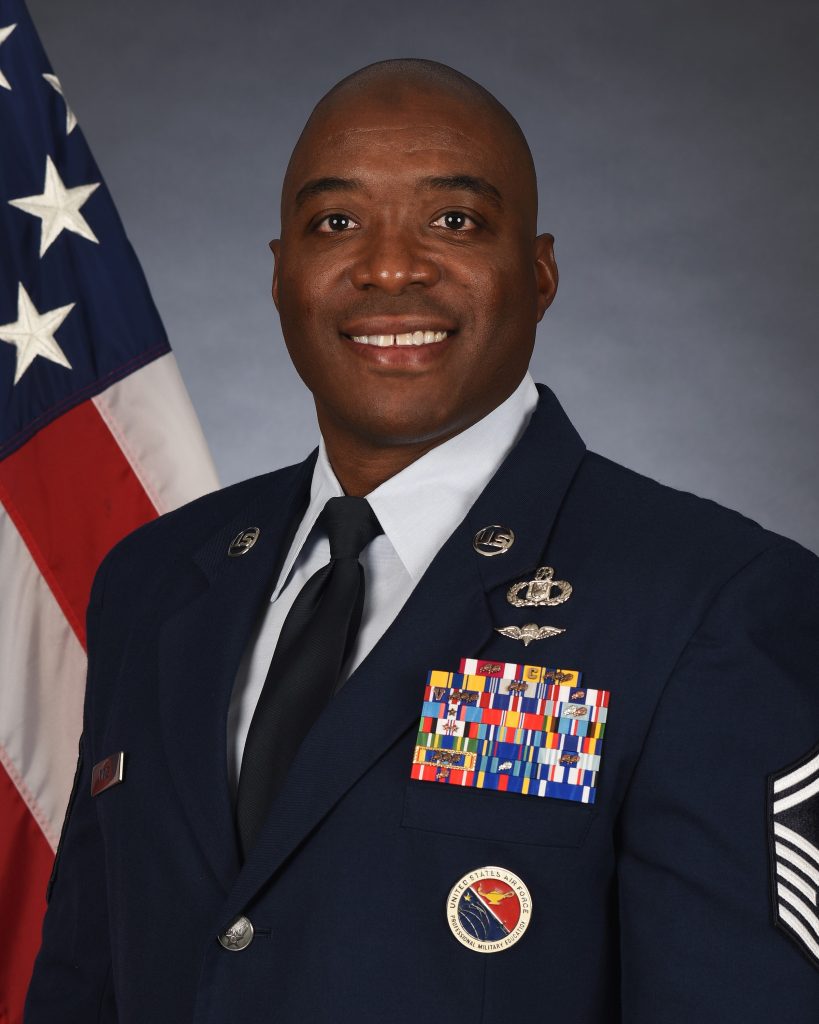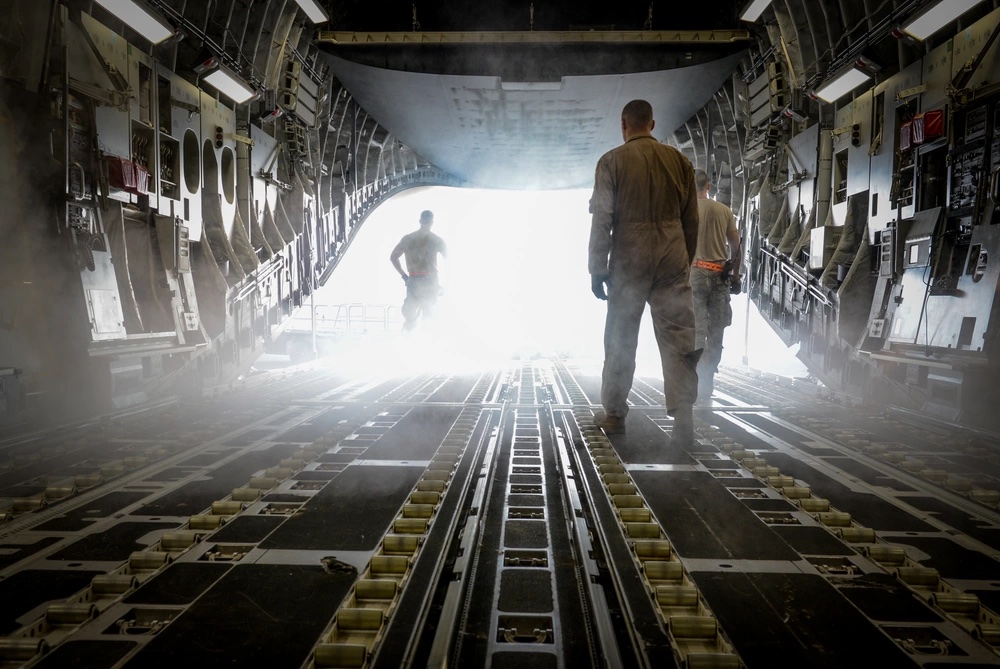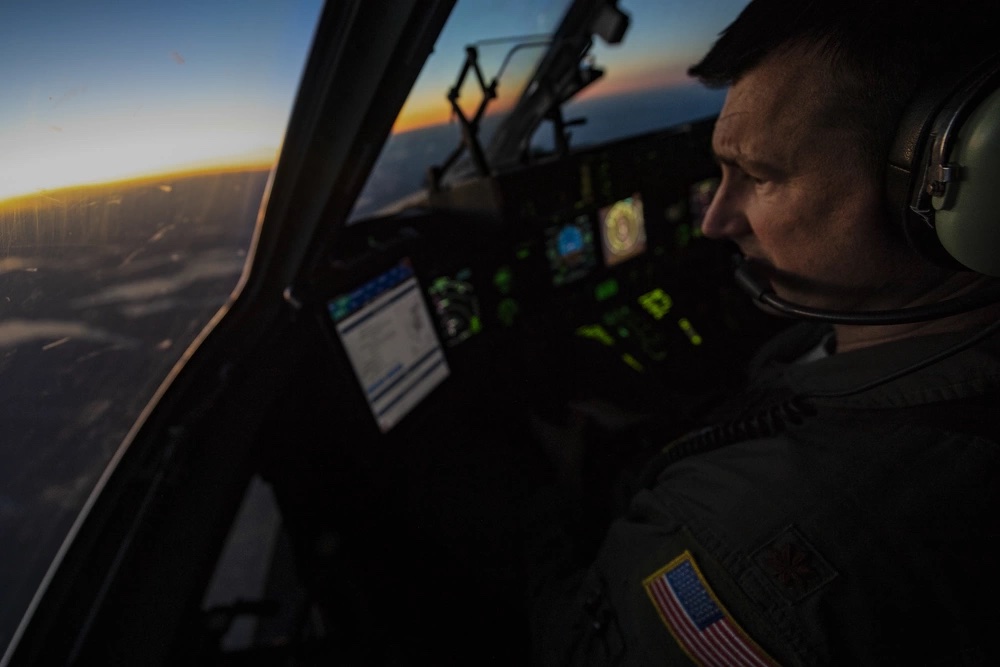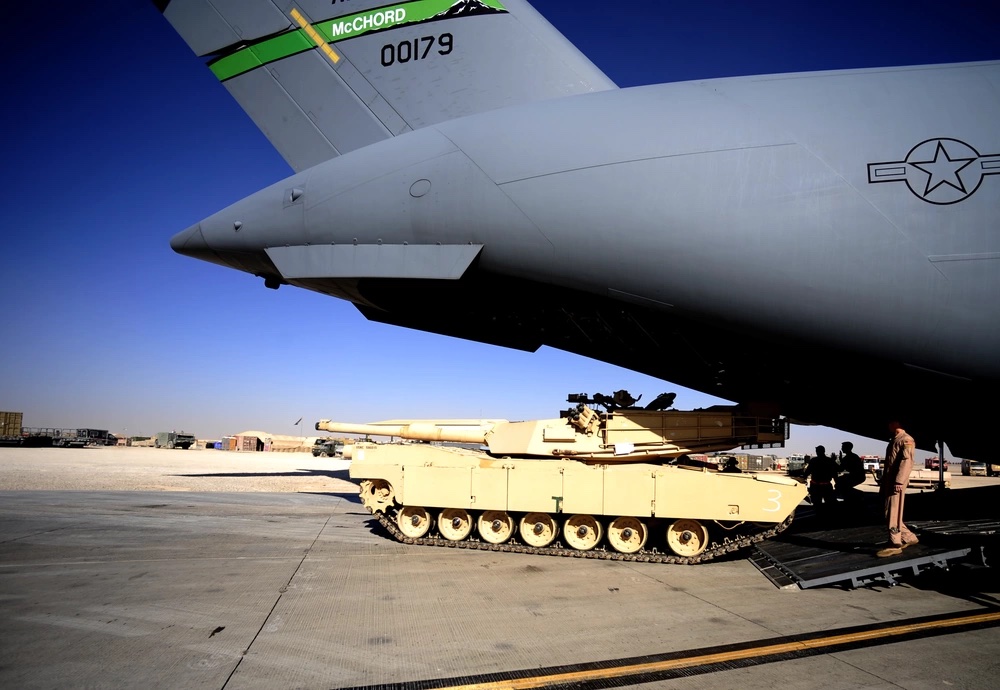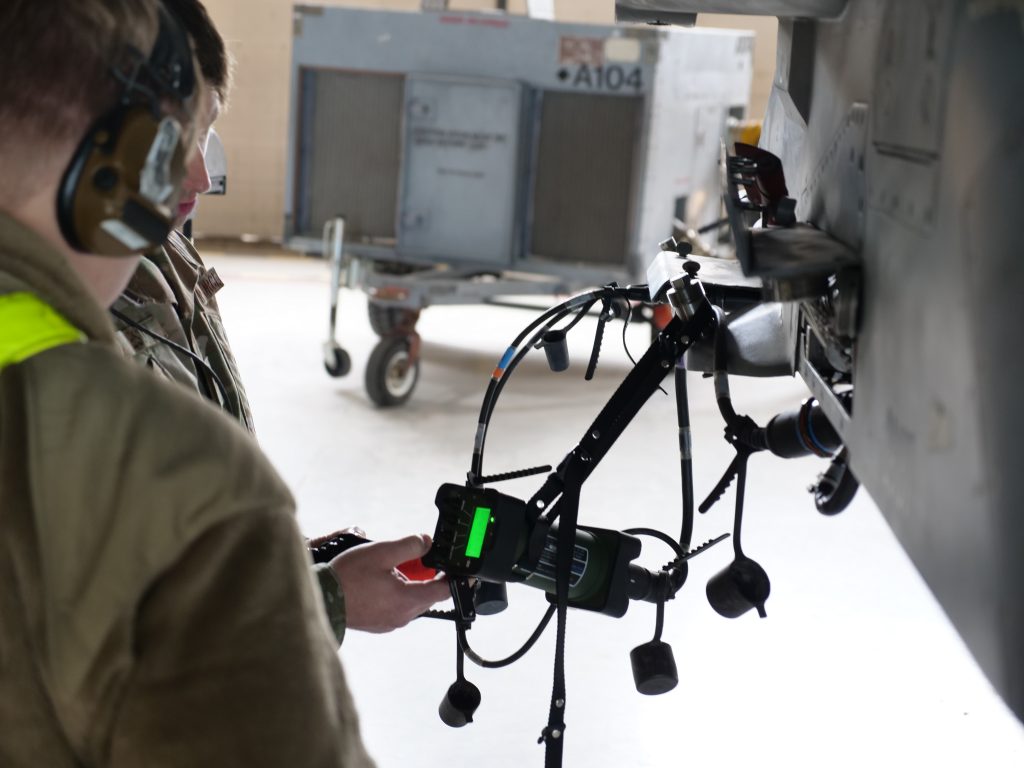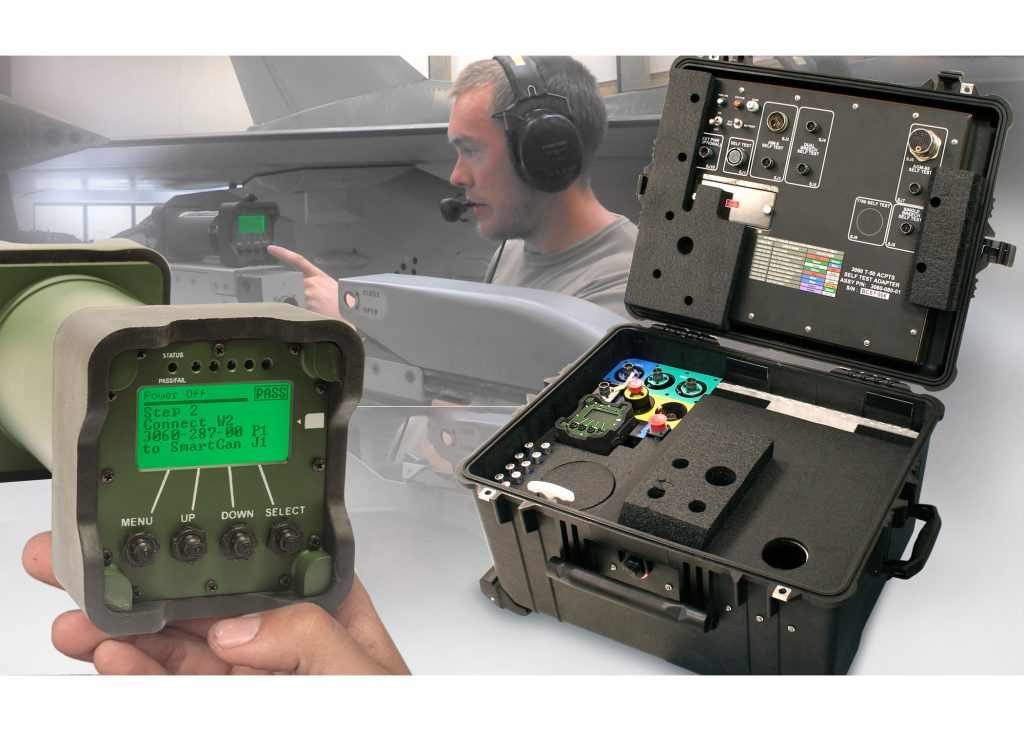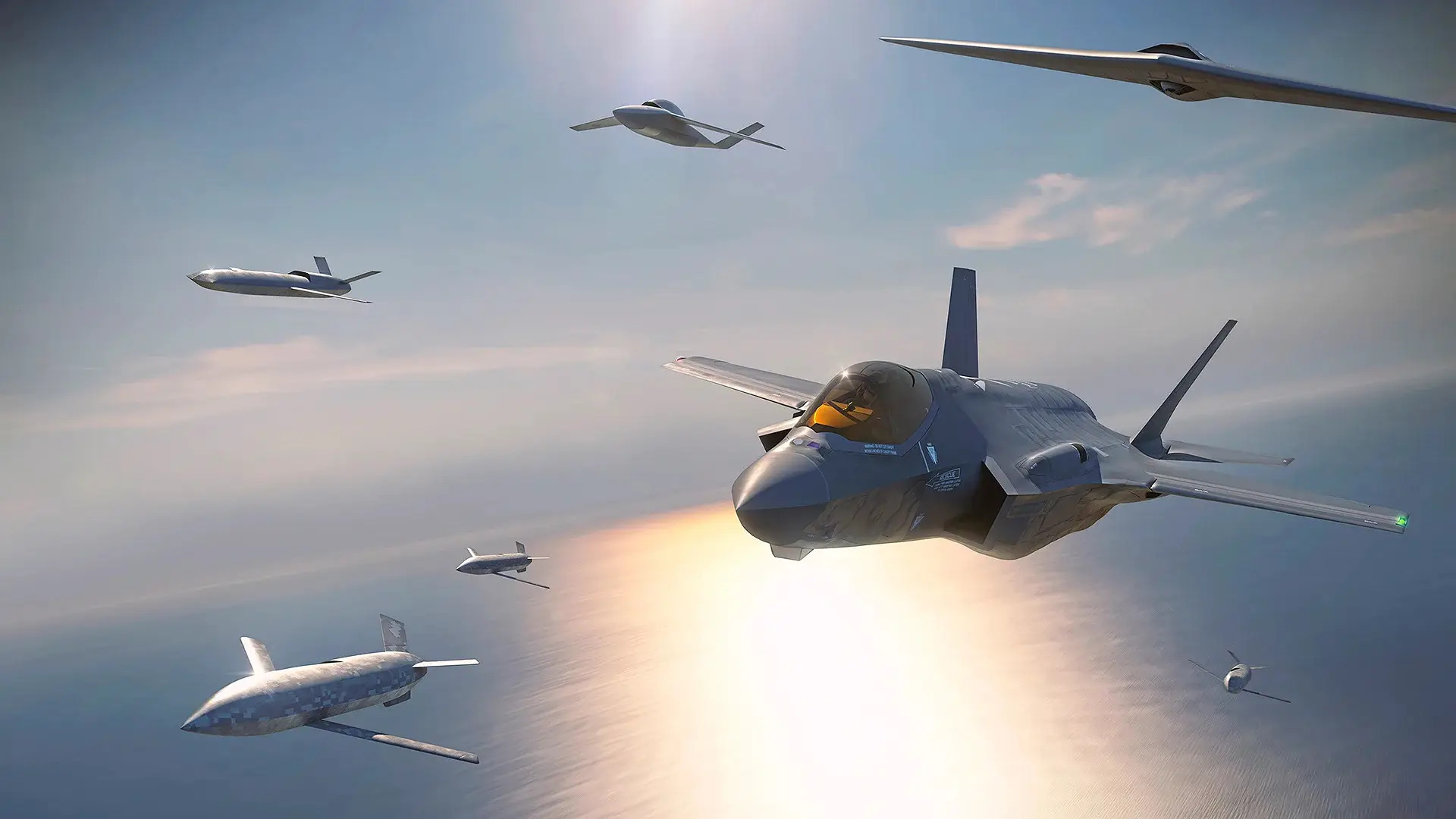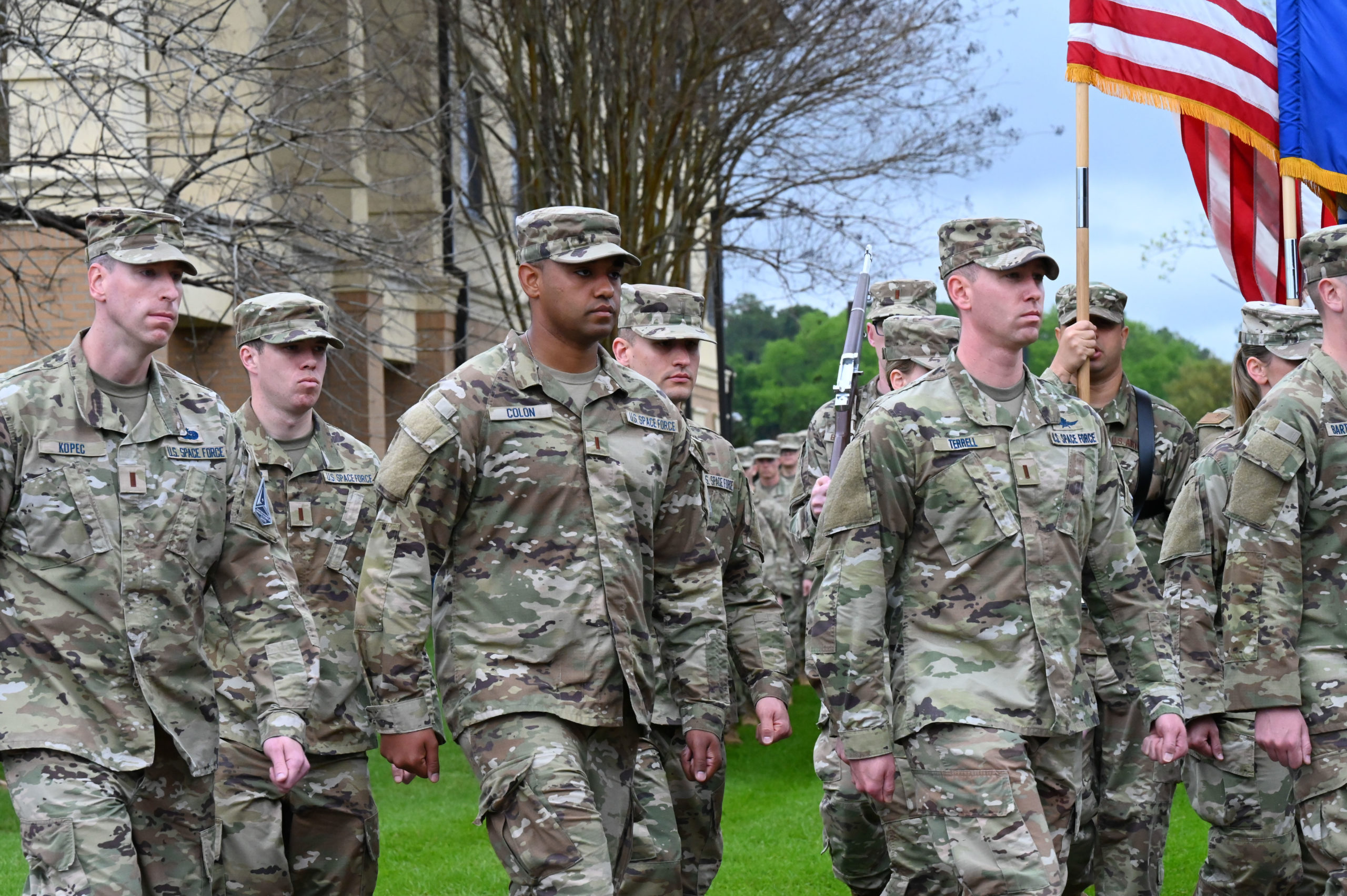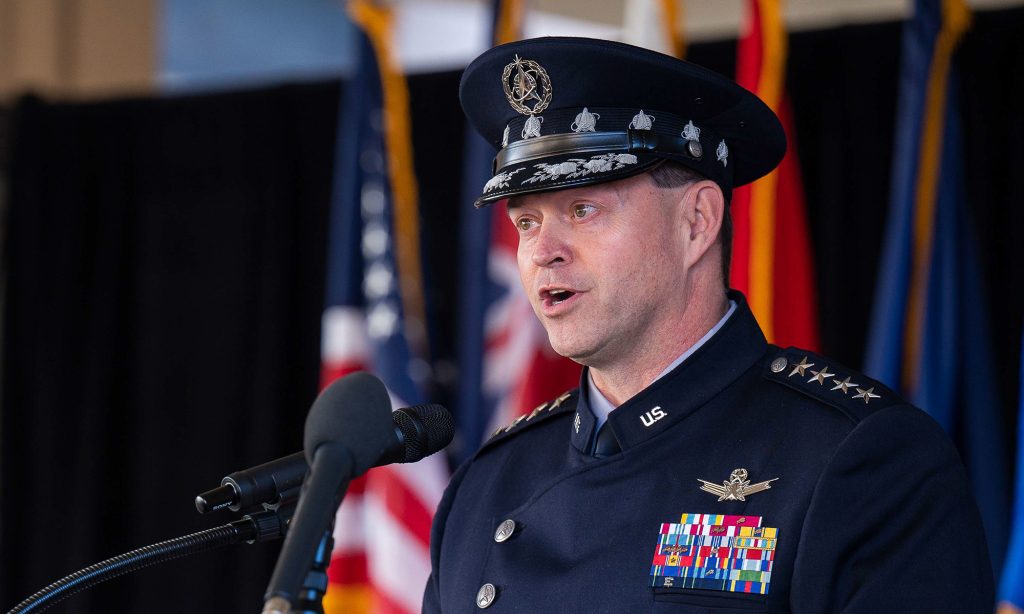The Air Force has fully implemented its new syllabus for training pilots, Undergraduate Pilot Training (UPT), formerly known as “UPT 2.5,” the head of the service’s flying training enterprise said recently.
But more tweaks might be coming, Maj. Gen. Clark Quinn, the commander of the 19th Air Force, part of Air Education and Training Command, said in an Aug. 22 briefing with reporters.
Quinn took on the job several months ago and now oversees everything from UPT; formal training units; training programs for air battle managers and weapons directors; Air Force Academy Airmanship; and survival, evasion, resistance, and escape (SERE).
UPT 2.5 has been the most high-profile change to Air Force flying training in several years. With an increased emphasis on self-paced learning, virtual reality, artificial intelligence, and increased simulator time, the revamped syllabus also made a major change in granting wings to pilots after they finished initial pilot training on the T-6 Texan II, but before they completed advanced training on either the T-38 Talon or T-1 Jayhawk.
“Getting the wings at the T-6s, I’ve answered several questions, maybe not from the press, but concerns that we’re potentially giving wings early,” Quinn acknowledged. “If you looked at just the historic examples of attrition rates, after the T-6 phase of training, the attrition rates are really, really low in the Air Force in both the T-1 and T-38,” at around 1 to 2 percent.
“The way that I assessed that is, for all intents and purposes, even under the old program before we revised the T-6 syllabus, you were largely a pilot at that point and then just continued on to a little bit more specialized training in either a mobility platform or a fighter platform. And we’re just recognizing that now, instead of holding the wings away from you for another four or six months waiting for you to finish that, we recognize you’re a pilot at the completion of the T-6.”
Critics of UPT 2.5 had been concerned that the syllabus relied too much on simulators and cut back on actual flying hours. But Quinn and other 19th Air Force officials said they added flying hours as part of the new syllabus, in addition to taking advantage of the immersive technology now available.
“A lot of folks think that as we’ve modified pilot training, it was a lot of reductions,” Quinn said. “But we’ve actually added a lot of those virtual and immersive training hours, some of which are self-paced. So instead of the way that I did it and some of my other peers 30 years ago, which was sitting in a chair with a piece of cardboard taped to the wall, you’re actually sitting in something that looks like a cockpit with a VR headset on and actually just chair flying, for lack of a better term, in a much higher fidelity chair and actually able to see and do some things.”
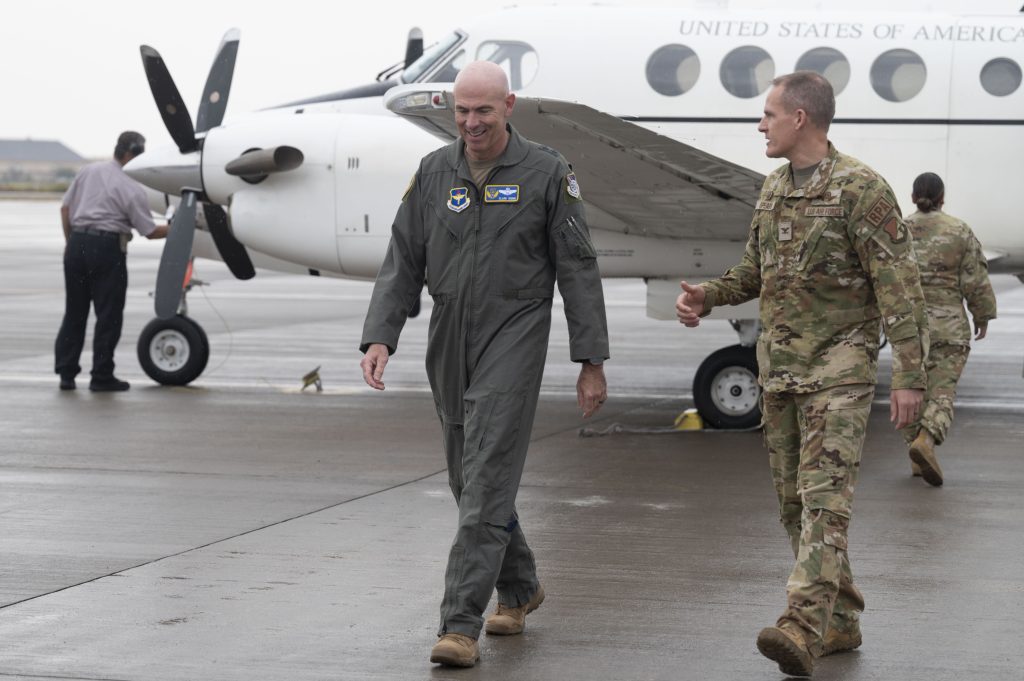
UPT hasn’t been the only part of training that’s changed. Earlier this year, the 19th Air Force introduced a new Fighter Bomber Fundamentals (F/BF) course, combining the T-38 Undergraduate Training and Introduction to Fighter Fundamental classes.
“The initial F/BF, if you press me on it, I’ll tell you it’s really just taking two different syllabus and connecting them together,” Quinn said. “It’s not a huge refinement. It’s not a huge leap in technology. It’s a first step. And what [our team is] going to do will be that second and third step to actually make it better and longer lasting.”
It’s too soon to draw any conclusions from the new F/BF course, Quinn said. To an extent, the same is true for the new Undergraduate Pilot Training. Officials say they haven’t seen any dropoff in performance, but Quinn said it will take several years to understand the results of the change fully.
“I would say to get a full assessment, probably five years,” he said. “And that gives enough time for that initial cadre and a couple of other cadres that graduated that way to get not only through their formal training unit, but to get into their [operations] unit. Because we will do graduation surveys. The formal training unit does a graduation survey. Then a year later, we reach out to the gaining operations unit to say, ‘Hey, how are these folks doing?’”
But the syllabus does not need to be frozen in place until then.
“We can make immediate changes,” said Quinn. “I’m not saying we’re going to wait five years to make an adjustment. So as soon as we see things that we can do better. I don’t want to just say hey, this is the syllabus, we’re not going to touch it again.”
